Shakespeare-t is elérte a woke, Rómeó egy fekete Júliával fog szerepelni
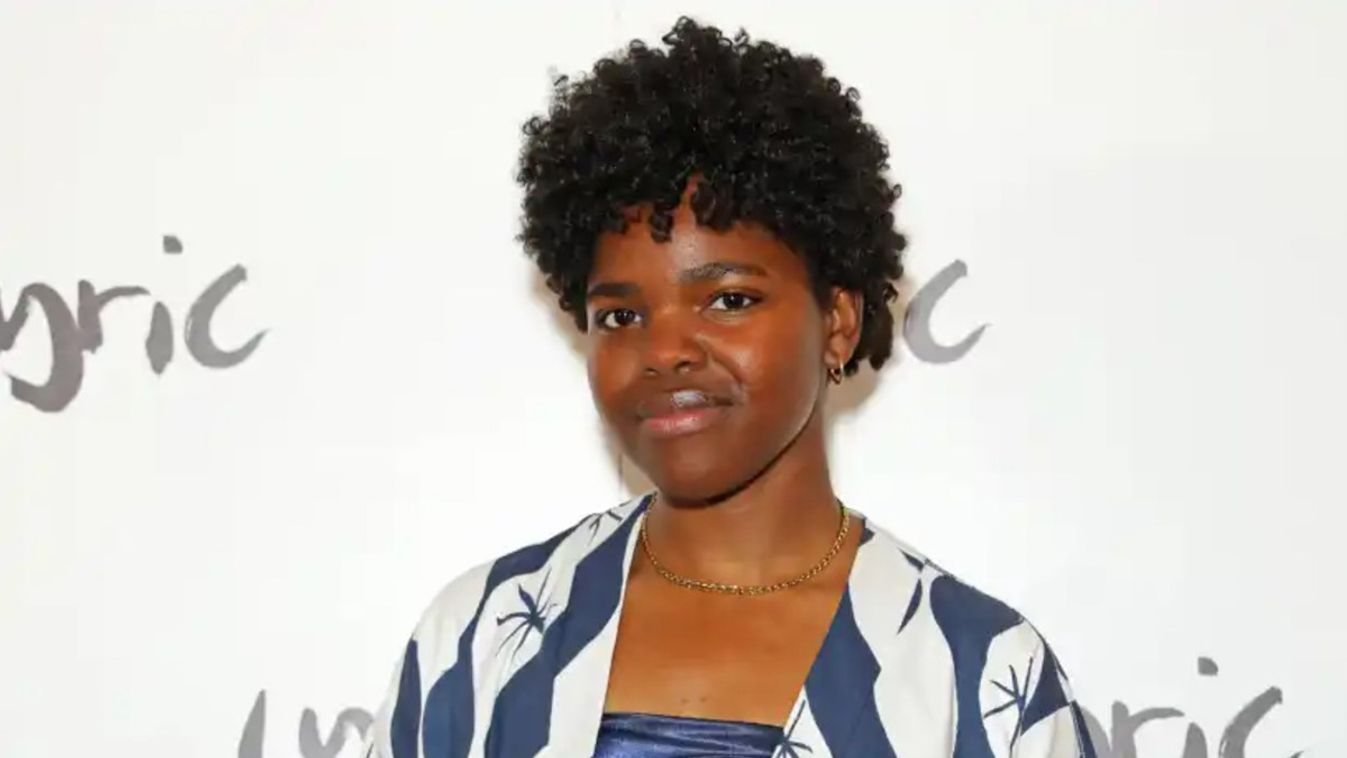
Az egyik oldal szerint rasszista támadásokról van szó, a másik oldal szerint a színésznő úgy néz ki, mint egy bajszos férfi.

For eleven years now, we have been seeing retired Hungarian electrical engineer András Arató all around the social media – in memes. Mr. Arató, known as “Hide the Pain Harold”, is now one of the best-known Hungarians in the world. His success is mainly due to his unique facial expression and the fact that he has embraced the opportunity to become a global meme.
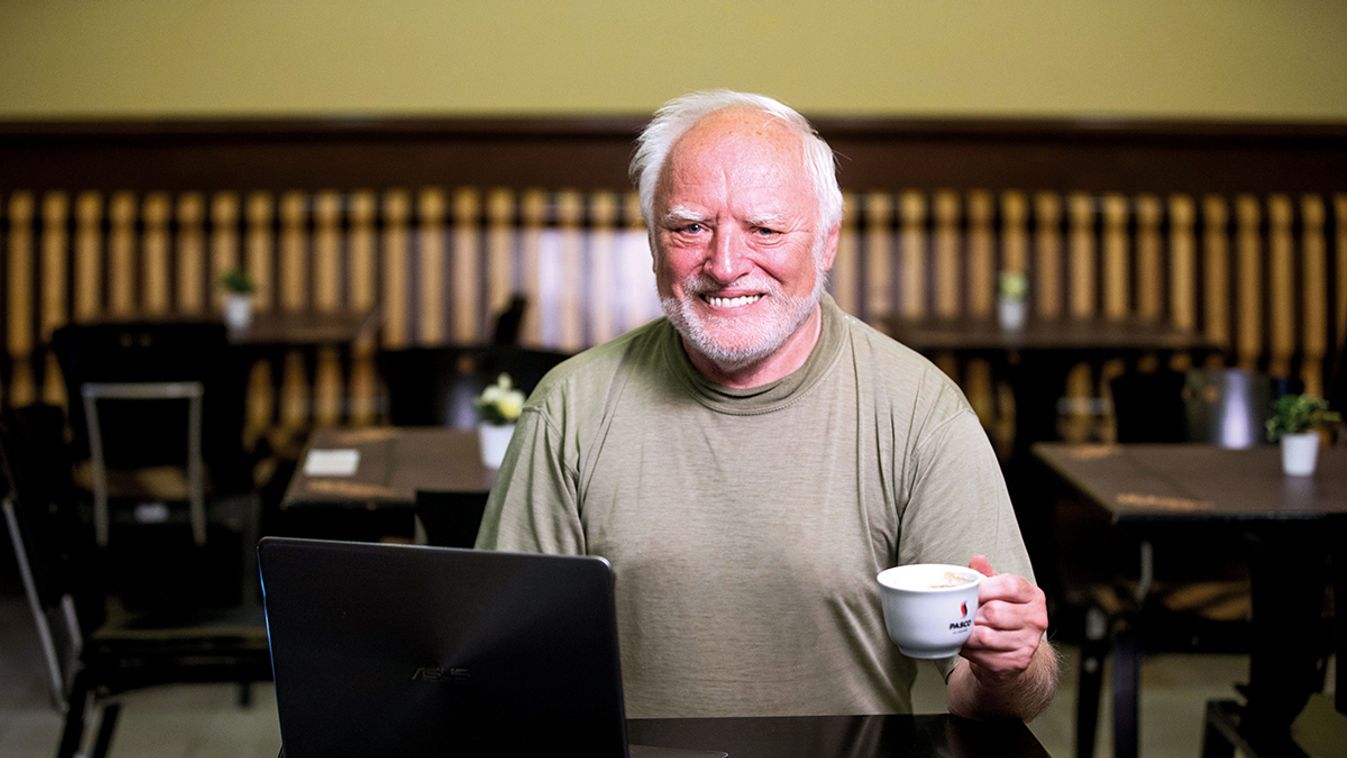

Thank you for taking the time to talk between your two trips. Are you always this busy?
Now I'm making up for what I missed during the last two years due to the covid pandemic.
I read that you've caught covid as well.
Yes, I got very ill, I was in hospital on a ventilator. I thought I was finished, that that was it. Then they managed to get me out of it.
You told the tabloid Blikk that you asked your friends to pray for you. Are you religious?
I believe in a higher power that controls things. Whether this higher power created the world in seven days or showed itself to Moses in a bush – I have some reservations about that. By the way, I am an a Lutheran, confirmed, but I don’t go to church too often.
I understand there aren't many Lutherans in Western Hungary.
The town of Kőszeg might be an exception, where Martin Luther's ideas had a very strong influence among the then largely German-speaking population, but then came the Counter-Reformation. Even the church we are using today could only be built after Joseph II's decree of toleration. At that time, churches of the protestant churches could not have towers, so there is a separate bell tower in a courtyard. This must have been in the late 17th century – I can trace the family tree back to about that time.

Do you prefer Kőszeg or Budapest?
I love Kőszeg, it's the apple of my eye, the most beautiful Hungarian town. Then comes Budapest. But it is a complex question. My family is from Kőszeg, my grandfather was the headmaster of the Lutheran Girls' Secondary School in Kőszeg. Our family moved to Budapest twice. My father first did so as a university student, then studied international law in Berlin on a scholarship in the late 1930s, and then worked in the Ministry of Justice. My mother is from the Vojvodina region of Serbia, and she met my father at a summer university in Debrecen when that area was returned to Hungary. Then the Second World War came, the Soviet Red Army arrived, and when they surrounded the capital, the government evacuated the state institutions. The Prime Minister's Office also fled to Kőszeg, and the Ministry of Justice to Szombathely. My parents moved back to Kőszeg to my grandfather – by the way, the Arrow Cross dictator Ferenc Szálasi had just moved the Prime Minister's Office to the Lutheran Girls' Secondary School, where my grandfather was living in the director's apartment. And apparently there was a time when the Holy Crown of Hungary was kept in the gymnasium. After the war, my parents could not come back to Budapest immediately, because
For many families, this period was the beginning of a period of decline.
Not so in ours: my father knew many languages and saw the new world coming, so he learned Russian in a few bitter years and was able to find a job as a Russian translator; he worked as a translator, interpreter, proofreader all his life. When things settled down, we moved back to Budapest, and I started primary school here in 1951. In Kőszeg I spent summers with my grandparents. After their death we used the house as a holiday home, then we had to sell it. Interesting story: a few years ago, a child came to me for a photo, and it turned out that he lived in the house, perhaps in the very room where I was born.
Then came your career in engineering.
Then I went through the branches of lighting industry, from product editing through testing to sales and marketing. I liked the lab and light measurement the most. When I reached retirement age, I worked part-time for another five years. I didn't turn my back on the profession after that either, last year I even wrote a chapter in the book about railway lighting, and
I have tried to keep up with changes in the profession, but LED lighting is rewriting the whole hardware section. I still go to conferences, but not just to listen, not to lecture. I remained a member of the Lighting Technology Society, of which I was vice president for several terms during my active years. In fact, as journalists, we are to some extent colleagues, because the Society had a newsletter, which I founded and edited for many years. As an invited lecturer, I taught at Óbuda University for a long time. Even now, I still hold exams, but unfortunately I had to make one student fail and I felt very bad after that. The exam itself takes a lot out of you, I felt more tired than after flying across an ocean.

How did engineer András Arató become the meme “Hide the Pain Harold”?
The story started in 2010, when I uploaded my photos from a holiday to the now-defunct Hungarian social media site Iwiw.
and I took the job – at 60, a model assignment can be a real source of pride. We took hundreds of pictures, he dressed me up as all sorts of things: a doctor, teacher, anything you can imagine. They became stock photos, used as illustrations for websites of universities, hospitals, etc. It was impressive to see them. A few months later, the first memes appeared, someone downloaded them and shared them with all kinds of texts. At first, I felt bad that they were making fun of my face, and in the beginning, there were also some disgusting texts. Then a Russian guy found me based on my photos and kept demanding proof that I was a living person, so I finally uploaded a picture on a Russian social networking site of me holding a piece of paper with the caption 'I am alive'. There was no stopping from there. Gradually I accepted that since I couldn't do anything about it, I would take charge: I created the Hide the Pain Harold Facebook page in English, mainly for the international community. I've told this story so many times that even if someone were to wake me up in the middle of the night, I could recite it, in English or Hungarian as well.
By the way, did you learn English for Harold's sake?
No, I did it a long time ago on my own. Russian was compulsory in primary school, then German in secondary school. Russian has since then, unfortunately, withered away a bit, although when I was in Russia a lot of it came back. (Laughs) I've picked up a lot of languages,
Like “Can I have a coffee?"
More like "Would you like a photo with me?"
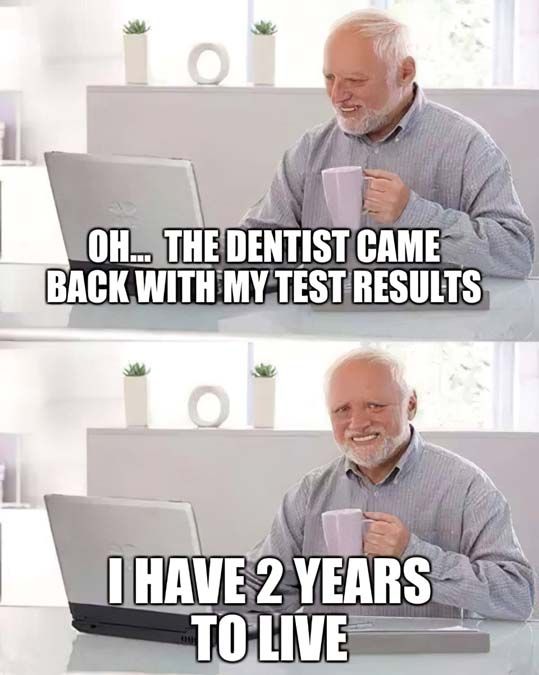
Was it difficult to accept this turn of events?
I can't say I accepted it quickly; it took five years. In fact, I came to love it – which goes a bit beyond simple acceptance. To say the least, meeting so many young people was a great experience, it helps to keep one mentally fresh. Basically, it's the students who recognize me most often, or those who were students when the first memes were made. I see that this age group is getting wider and wider, in both directions, sometimes even primary school children come for photos, and older people also recognize me. Surprisingly, my own age group is the least aware. What memes are to young people today, Ferenc Sajdik's drawings and Ludas Matyi were to us. When I was young, I loved comics, and the last time I was invited to Bologna, it was a so-called nerd festival for comics and computer games fans. There was a meet and greet area next to the on-stage panel discussion, you could go there, ask for signatures, take photos, chat. The queue had to be closed after fifteen minutes, so many people were curious about me –which was also very nice. Of all my appearances, a TEDx conference talk was the professional highlight, but I really enjoyed myself when I had to play a university student too. We shot a video at Salford University, which is part of Manchester, and I really enjoyed it.
e went to the cinema, we went bowling. So we didn't just shoot a few takes, we shot the video for days. The memories came flooding back. Well, being a student is the best thing in the world...
Have you ever thought about quitting?
Of course I did, right at the very beginning when I first got into it, but then I realized there was no getting out of it. But since I got to accept my fate, I've never thought about quitting for a moment.
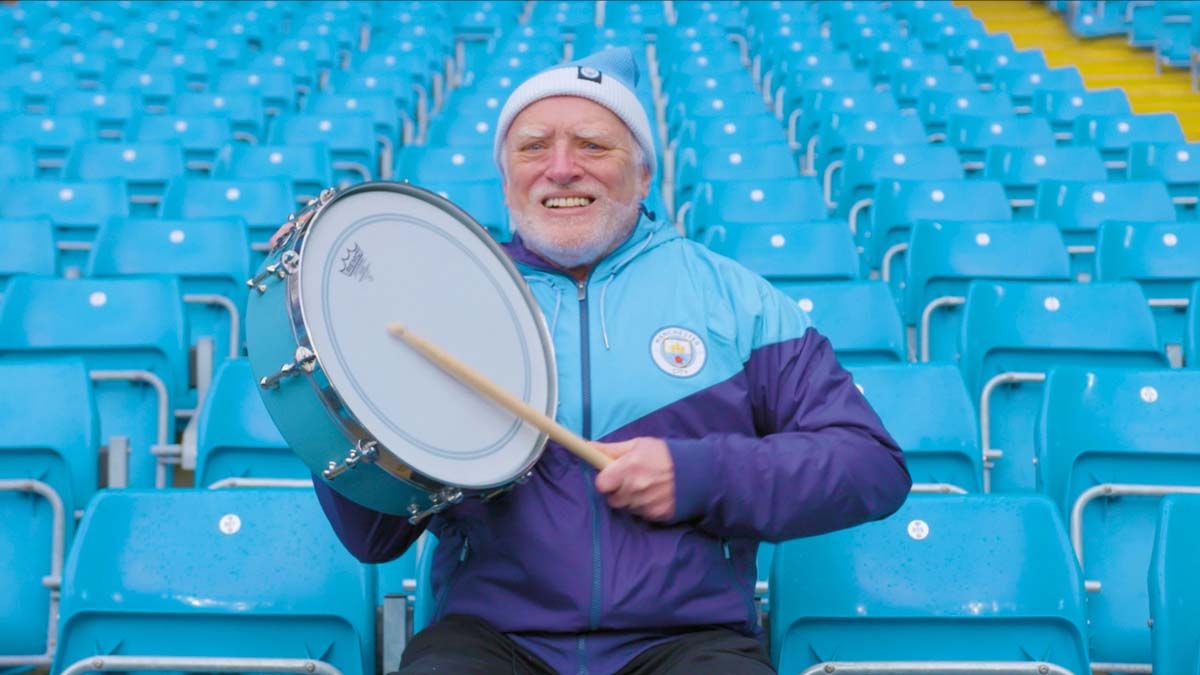
When did you decide that you needed a manager?
About the time I set up the Facebook page. At first, I was approached by English people who wanted to manage it, but they didn't do anything. Then a young man from Nyíregyháza came along and we immediately became good friends. He's good at managing contracts and technical things. We create and upload the content together, and he takes care of the comments and enquiries. I just put up a new post that a friend of mine drew.
Have you been this active on social media before?
I was already online before the advent of social media: in 1996 I created an introduction page with a CV. At that time, I worked for the Hungarian branch of Siemens' lighting business for a short time – until it went bankrupt and was sold. That's life in a multinational company... After that I went to a Hungarian company, where I had a great time, and retired from there.

When did you give your first interview as Harold?
When the Russian guy found me, I put up that photo and things started to happen. That's when I gave my first one, I don't know to which local television station, it was either RTL or TV2. Since then, I've appeared a lot, more in tabloids, but we're careful not to make a clown of me. I've probably managed to avoid that, people generally know that I'm an engineer anyway, and I can do other things than grin from ear to ear.
The Internet meme is the idea that a cultural product - image, video, text - takes on a life of its own, spreading from user to user, with everyone making some changes. Intertextuality, i.e., the transformation of one element by another, is a fundamental characteristic, and humor and parody are also common elements. Genres range from the challenge videos – which have fortunately died out – to image macros with a variety of subtitles, such as Hide the Pain Harold, to well-known video memes such as The Fall, a re-titling of a bunker scene from The Last Days of Hitler, typically with topical political texts. The author of this article has written his dissertation on Internet memes and theorizes that the public sphere of memes – at least those on public issues – functions as a kind of virtual carnival: by creating and posting memes, users essentially put on a mask, whether celebrity or leading politician, and can communicate anonymously by hiding behind them, playing the role of the character, often making fun of him or her. And this carnival publicity, accessible to all, also serves as a counter-publicity to the one-way media publicity, accessible to only a few in the editorial field, which is authoritative. In the same way as the representative public in the Middle Ages, where the common people could typically only watch and listen to the powerful, the clown on stilts at carnivals represented and parodied the king, the high priests and the lords.
Didn't singing in the Masked Singer contest in a monster costume cross that line?
It was the costume that protected me: you put on the mask and say, that's not me, that's the monster.
Your photo also functions as a mask on the internet, at least there is such a theory about memes.
There is the image as a background or base: I hold the mug in my hand in front of my laptop, and what text or punchline they write on it is up to the artist. But I am Andras Arató, Harold is just a role, as I said at TEDx Talks. I have a Facebook page for my friends where I'm András Arató, and I made another one for Harold.
The two things can easily be mixed up...
As soon as I step out on the street, yes. But I try to keep them separate.
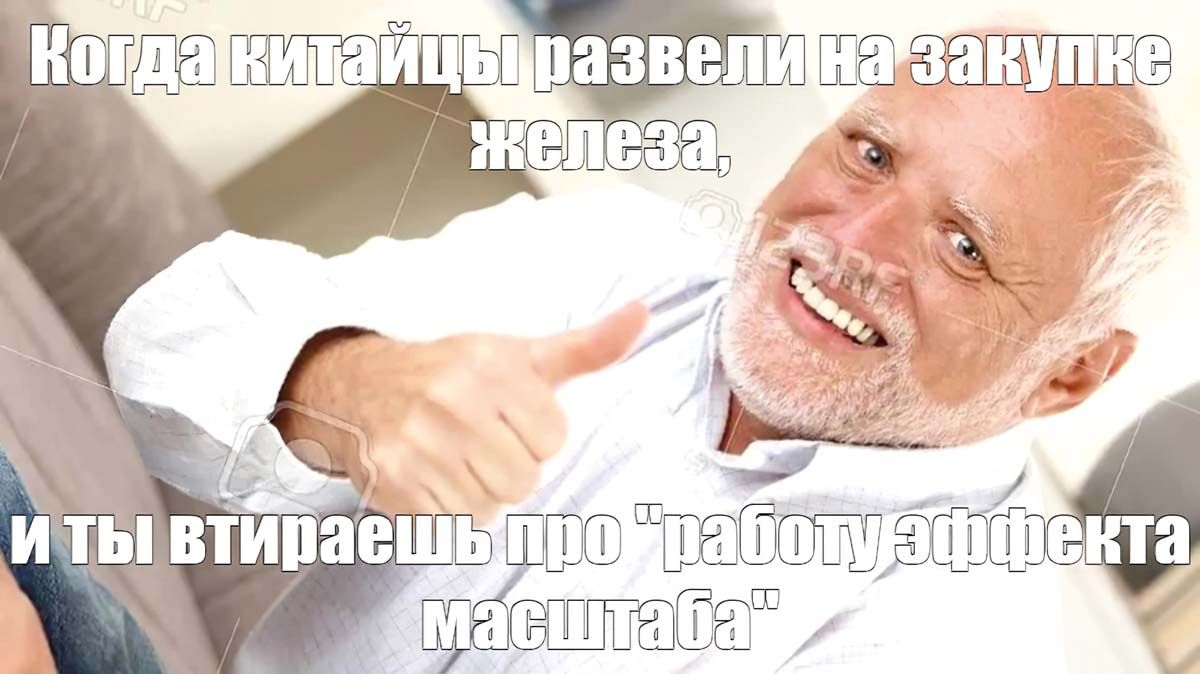
Are you tired of it?
I'm fine with it, I've never said no to anyone when they've come up to me for a photo. I can see the happiness I can cause and making someone happy is the best thing in the world.
For what purposes would you not like your photos to be used?
I don't like ugly things. And politics: it divides people, when both sides have their truths, so it's worth paying attention to both.
Have you ever made a meme of yourself?
Yes, I do sometimes when I'm really upset about something. I usually use the classic mug shot.
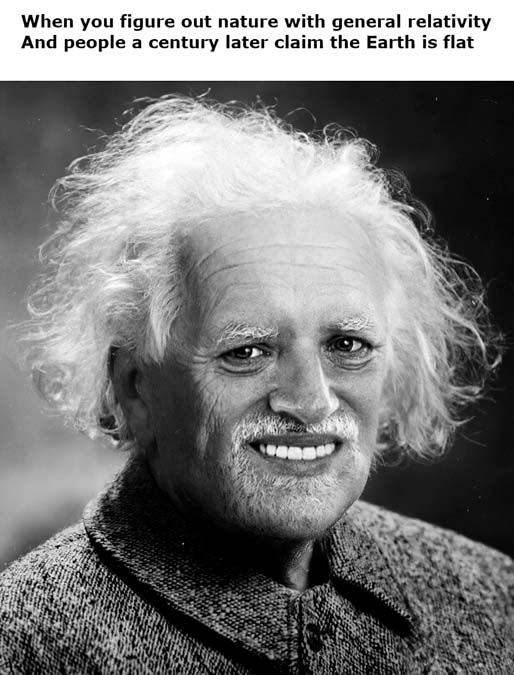
You formulated the Hide the Pain philosophy relatively quickly. Did the idea come from the meme, or does it have a deeper source?
Consciously, from the very first moment, I wanted to convey a positive message. And I see that it resonates with people, because somewhere deep down everyone has pain to hide, and it's good not to take everything to heart, that's the whole point. By the way, I get a lot of heart-warming thank-you messages for helping people through difficult times in their lives. It's also fascinating to be able to follow Harold's popularity as it traveled around the world, starting in America and Western Europe, and then the Russians after my post. Right now the meme is very popular in Iran, I have more followers from Tehran than from Budapest. Some comments are coming in Arabic letters. I've had a lot of success in South America, maybe because I've been there. I was in Brazil recently, for example. It's funny that it wasn't the memes but a perfectly normal tourist photo of me walking in a park in São Paulo that got millions of views.
Do you like travelling?
I always have, but there are few European countries my wife and I haven't visited. I used to love professional trips,
The last time I was in Milan, we were shooting a commercial.
What was your favourite destination?
Colombia, even though I had been warned not to go there because it's a country of drug lords, it's a filthy place – or so they said –, but I had a really good time. Of course, it's one thing to be in a good hotel with bodyguards, and it's another to live in a favella. But the climate itself, the landscape, is wonderful. Bogotá is at 3,000 metres above sea level, the temperature is twenty to twenty-five degrees, it is perpetual spring, with cheerful, friendly people. I love it.
Where have you been most welcomed?
Probably in Yakutsk, Siberia, at the other end of the world. A software development company with thousands of employees invited me, they organised an internal conference and I was the surprise guest at the closing event. A magician conjured me out of the dark background, abracadabra, standing in front of the curtain. They were very happy to see me.
Is your wife going with you?
I prefer to take her to the closer destinations. She came to Nyíregyháza, for example, where I played a stage role. She was there not only for the performance but also for the rehearsals, and she was proud of me.
and my wife was only present as a spectator.
Do you accept every invitation?
No, unfortunately I simply don't have time for everything, and this is already a bit more than I would like to take on.

Let's turn the question around: being famous opens a lot of doors that ordinary people can't go through.
That's right. It would never have occurred to me to float down a wind tunnel or experience a freefall or go down to the bottom of a lake in a diving suit, or to the top of the tallest building on earth in Dubai.
Few retired engineers, for example, can claim to have experienced the theatrical side of the world, and I got to work with a very talented young company at the Móricz Zsigmond Theatre.
Is this Spamalot?
Yes, it's a musical adaptation of Monty Python and the Holy Grail. By the way, I got the role of the storyteller, who doesn't have to dance or sing. We agreed that I would play when I could, that it wouldn't conflict with my other activites, and that someone else would take over the role if I needed it. For now, we've finished the outdoor premiere, and we'll do it in a real theatre in the autumn.
How did the invitation come about?
As I mentioned, I am managed by a team from Nyíregyháza, a communications company that also works with the city theatre. The director of the theatre thought it would be interesting for me to appear on stage there. I was delighted when they approached me. The rehearsals lasted for two intensive weeks in Nyíregyháza.
We came back from there, and I'm going to Milan soon. I consider Italy the cradle of culture, I particularly love it.
Is it worth it to take on these gigs for quasi-charity?
It's not charity, I get the same money as the other actors. Anyway, I don't consider myself a celebrity for a living, I'm a retired engineer who gets his pension from the state every month. I also have my tariff when I appear in commercials or take part in events. These are good deals. Regardless, I do it for enjoyment, precisely because I get to have adventures and experience life situations that I enjoy. Even if I didn't make a penny doing it, I'd still be happy to do it. But I'm also happy to do quasi-charitable work to support socially useful causes, such as the psychological first aid service.
What else would you like to try?
I'd like to travel mainly. Southeast Asia is on my bucket list. I also like things with a historical aspect, I'm mainly interested in the recent past, mostly my parents' time, what they lived through. My father was born in 1913 and lived through Trianon as a small child; my mother was still officially born in Hungary in 1920, as Szabadka/Subotica only became a part of the Serbo-Croatian-Slovenian Kingdom on paper in 1921. This is the twentieth century, up to the transition into democracy. But when it comes to sightseeing, ancient cultures are my favorite, for example the ruined city of Petra got me hooked. I was sorry to miss a trip to Mexico last year due to the epidemic, although part of it was to visit the pyramids. Climbing up a pyramid would be nice – although I did climb up the Cairo one a bit before I was stopped by the guards. (Laughs)
– who knows who might become a world-famous meme in the process.











